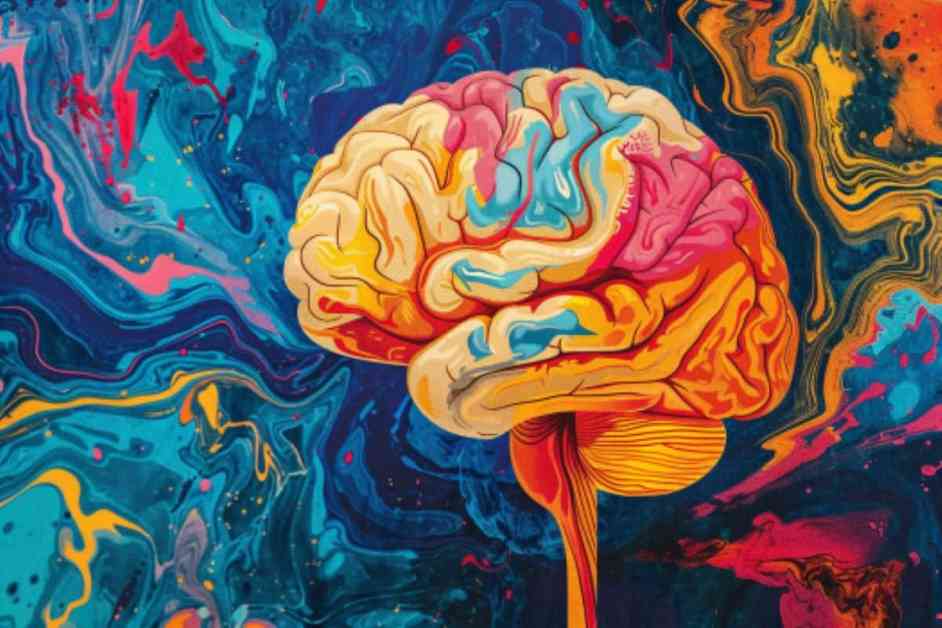Mapping Memories: The Brain’s Ability to Recall Without Movement
Research conducted by MIT has shed light on the brain’s ability to create and activate mental maps without the need for physical movement. These mental maps, stored in the hippocampus and entorhinal cortex, help individuals navigate familiar routes and locations by recalling past experiences. The study, which focused on the entorhinal cortex, revealed that cognitive maps are activated even when individuals simply think about sequences of experiences, without any sensory input or motor output.
The findings of the study, led by researchers Mehrdad Jazayeri and Sujaya Neupane, provide insights into the cellular basis of mental simulation and imagination in a nonspatial domain. By training animals to navigate through a sequence of images using a joystick, the researchers were able to observe the activation of cognitive maps in the entorhinal cortex during mental run-throughs of the sequence. This activation was characterized by distinct patterns of neural activity that corresponded to the mental representation of the images, even though the images were not physically present.
The study also found that the speed of mental simulation was related to the animals’ performance on the task, with changes in brain activity timing corresponding to variations in task completion time. Additionally, the researchers discovered that the mental representations in the entorhinal cortex focused on the ordinal arrangement of landmarks rather than specific visual features of the images.
To further explore how cognitive maps operate in the brain, the researchers developed a computational model based on continuous attractor networks. This model demonstrated how the entorhinal cortex could generate and utilize cognitive maps based on learned activity patterns, allowing for the reconstruction of past experiences without external sensory input.
Future research aims to investigate the brain’s response to non-uniformly spaced landmarks and ring-like arrangements, as well as to record activity in the hippocampus and entorhinal cortex during initial navigation task learning. By understanding how cognitive maps are formed and utilized in the brain, researchers hope to gain valuable insights into the mechanisms of memory formation and learning processes.
Overall, the study provides a groundbreaking look into the brain’s ability to recall and simulate experiences without physical movement, highlighting the importance of cognitive maps in mental navigation and memory formation. The findings open up new avenues for research in understanding the intricate workings of the human brain and how memories are processed and stored.


